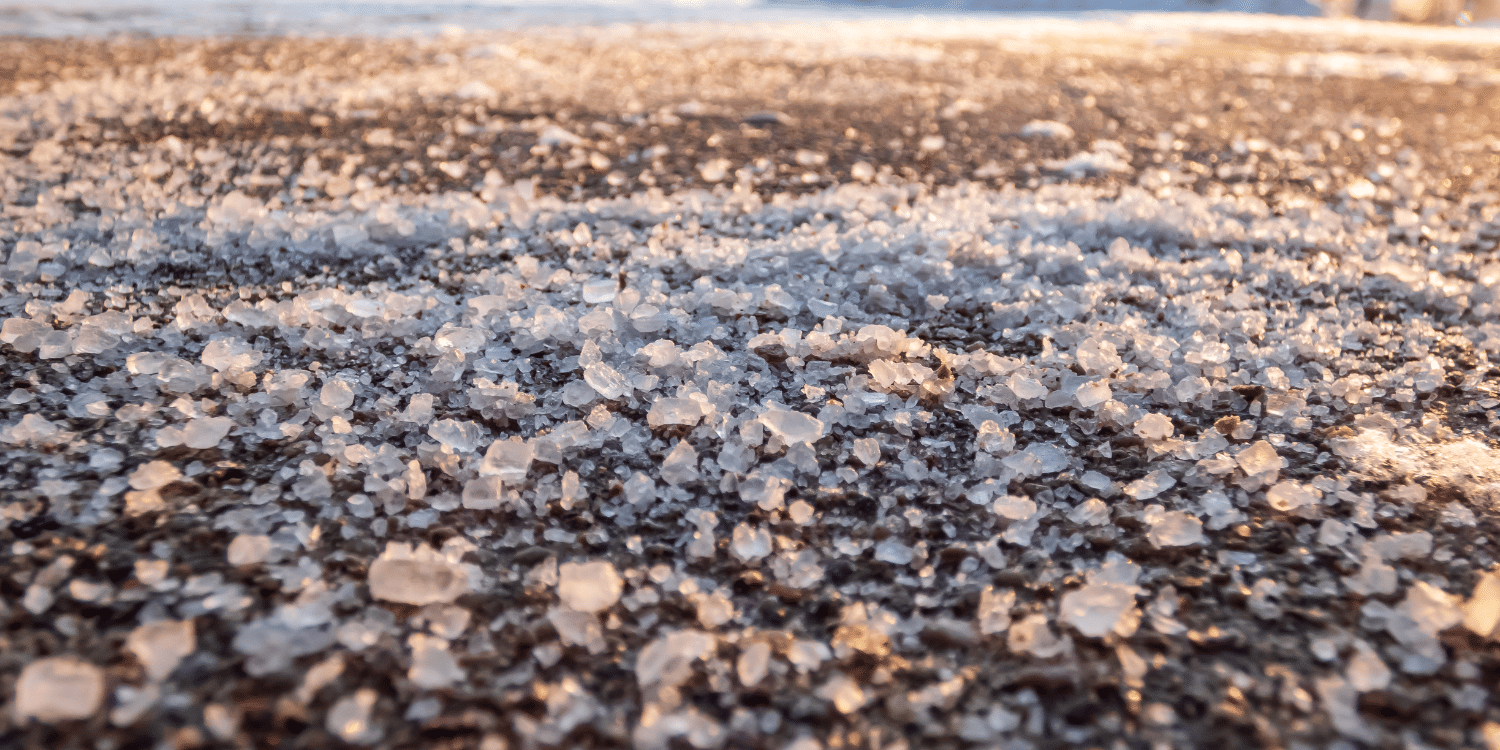hello world!

Winter brings the inevitable challenge of dealing with ice on driveways, sidewalks, and cars. While ice melters, like rock salt, offer an effective solution to this slippery problem, their use is not without consequences. Some de-icers damage your driveway, landscaping and potentially your car's undercarriage. Understanding how to minimize the risks associated with de-icers can protect your property and the environment.
Concrete driveways suffer the most from de-icer application, especially when products containing salt are used excessively. Salt accelerates the freeze-thaw cycle, leading to cracks and pitting over time. To avoid such damage, opt for less corrosive materials like ProMelt™ or use traditional salts sparingly. Mixing de-icers with sand not only reduces the amount of chemical needed but also adds traction to prevent slips.
The chemical runoff from de-iced surfaces can wreak havoc on your garden and the local ecosystem. Choose products with lower chloride content to mitigate this risk. Physical removal of ice, supplemented by sand for improved traction, can significantly reduce the need for chemical de-icers, further protecting your landscape.
Vehicles are not immune to the corrosive effects of de-icers. Chemical residues can damage the paint and finishes if not promptly cleaned off. Regular washing during the winter months is essential to remove any de-icer residue. Opting for safer de-icing products for your driveway can also reduce the risk of vehicle damage from chemical exposure.
Here's a quick summary of our top tips in order to mitigate the risk from de-icing agents.
All-in-all, the risks from falling outweigh some cosmetic damage. You can implement these practices to minimize damage to your property while still ensuring the safety for the visitors and inhabitants of your home.
While de-icers play a crucial role in winter safety, their selection and application should be approached with care to minimize potential harm to driveways, landscapes, and vehicles. At Hamilton Builders, we understand the importance of using de-icers responsibly. That's why we offer a range of eco-friendly and less corrosive de-icing products designed to minimize harm to your property and the environment. Contact us today to learn more, or visit us in-store to chat with one of our team members!